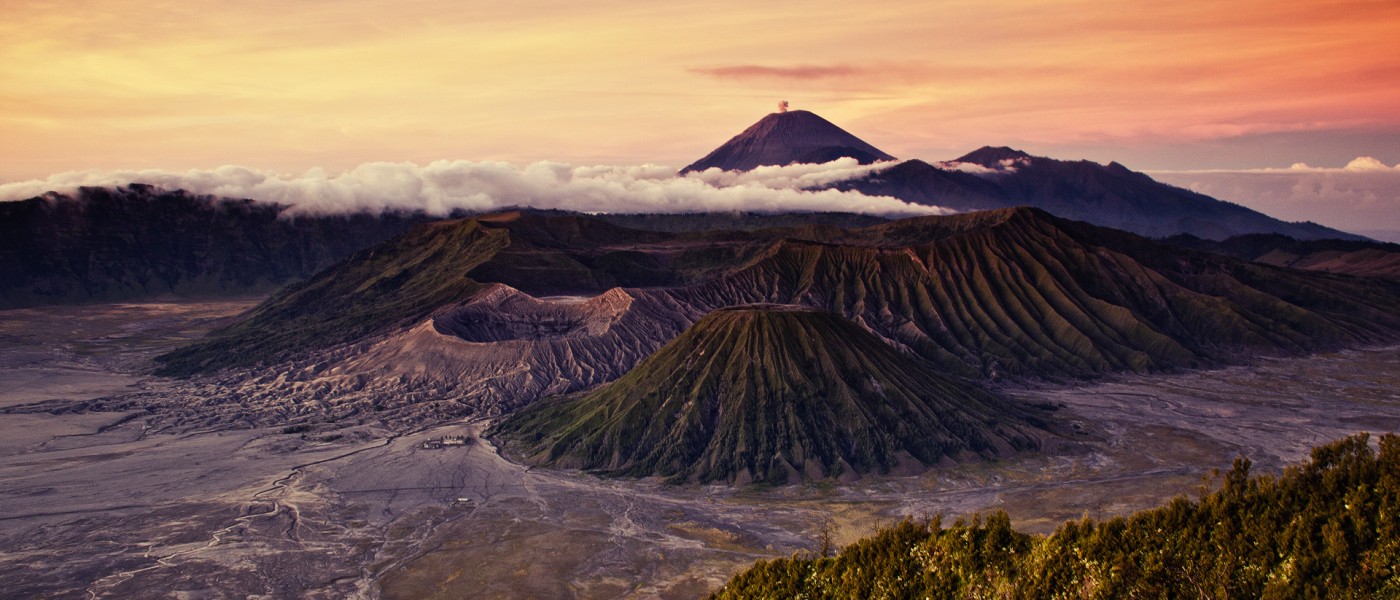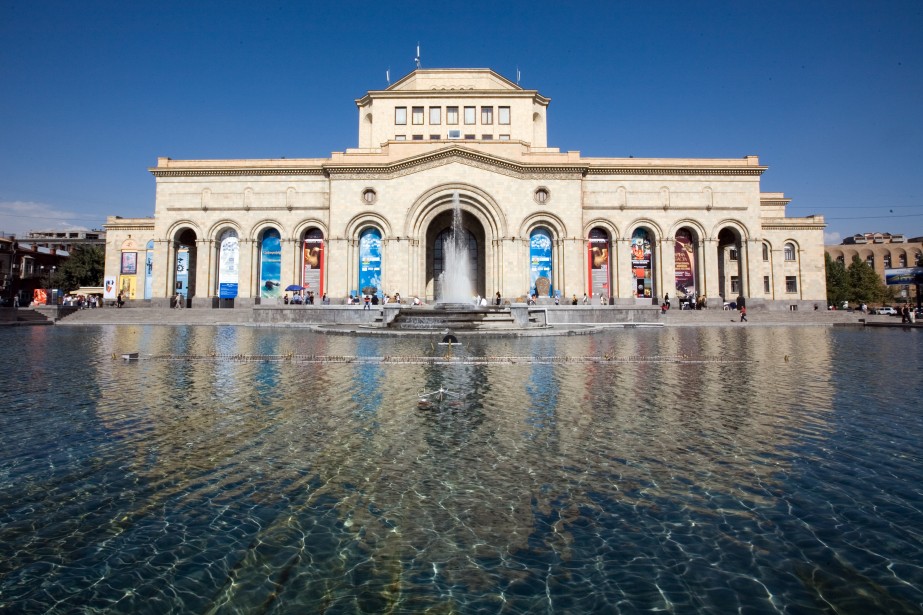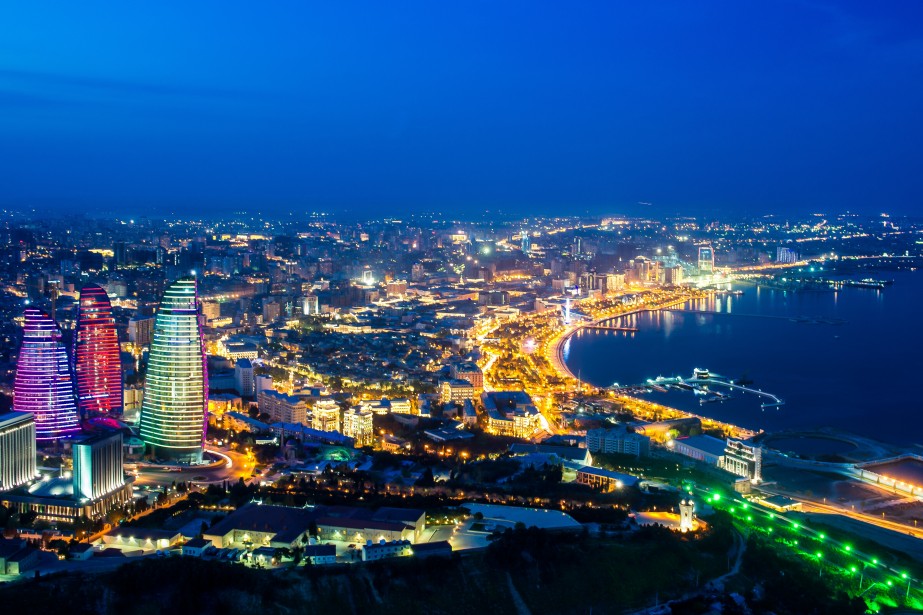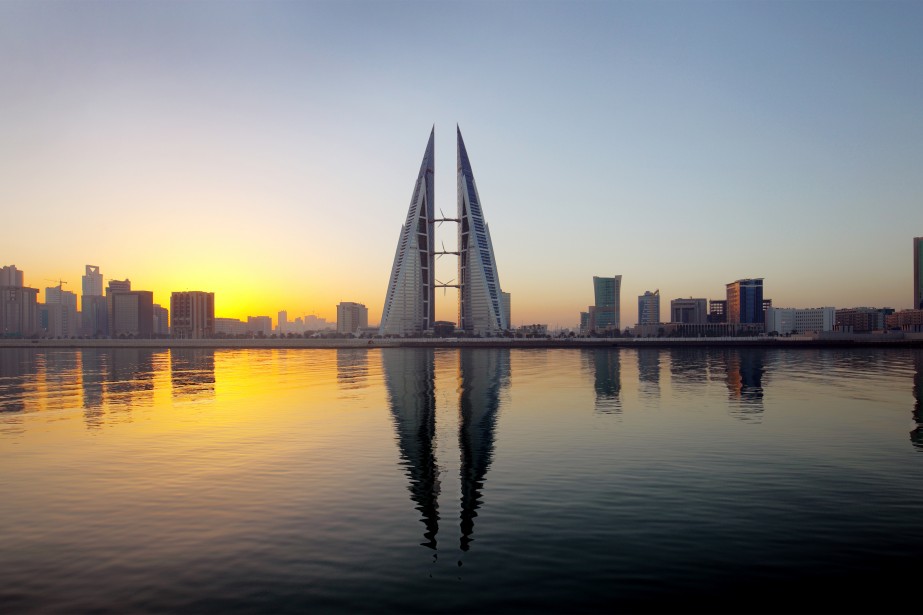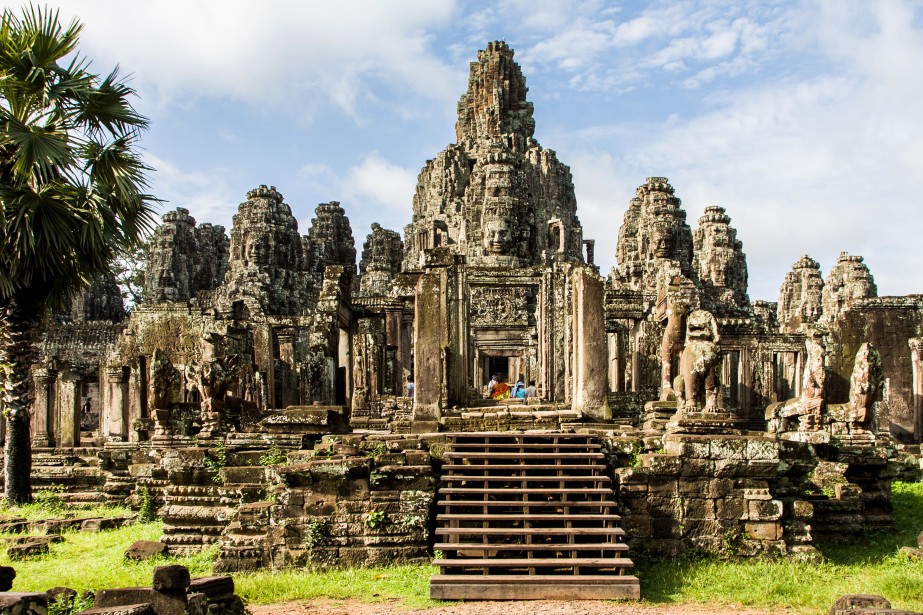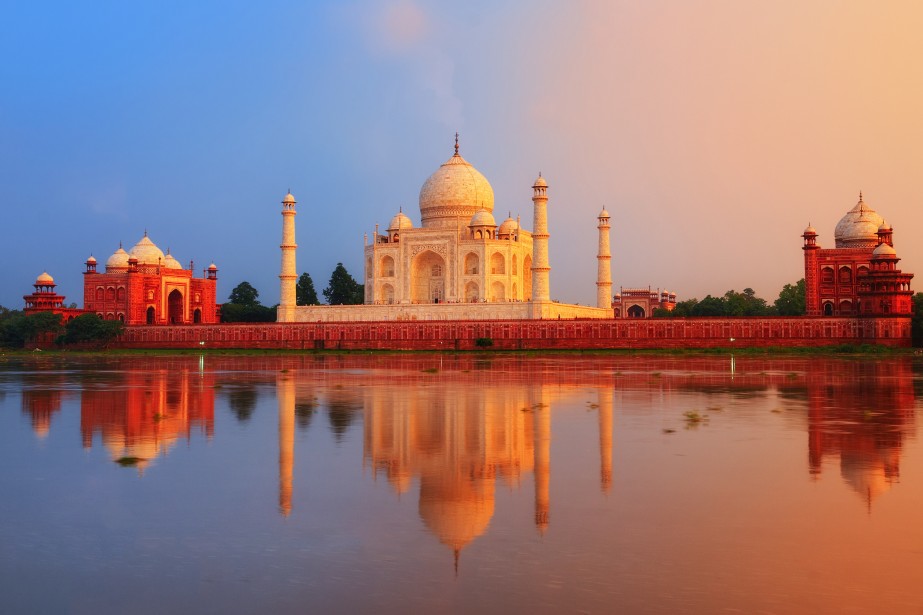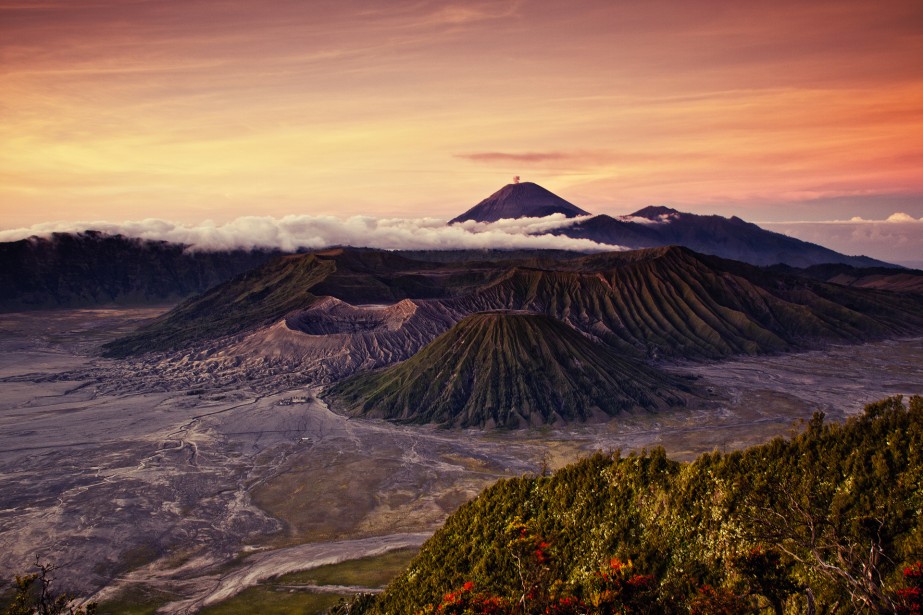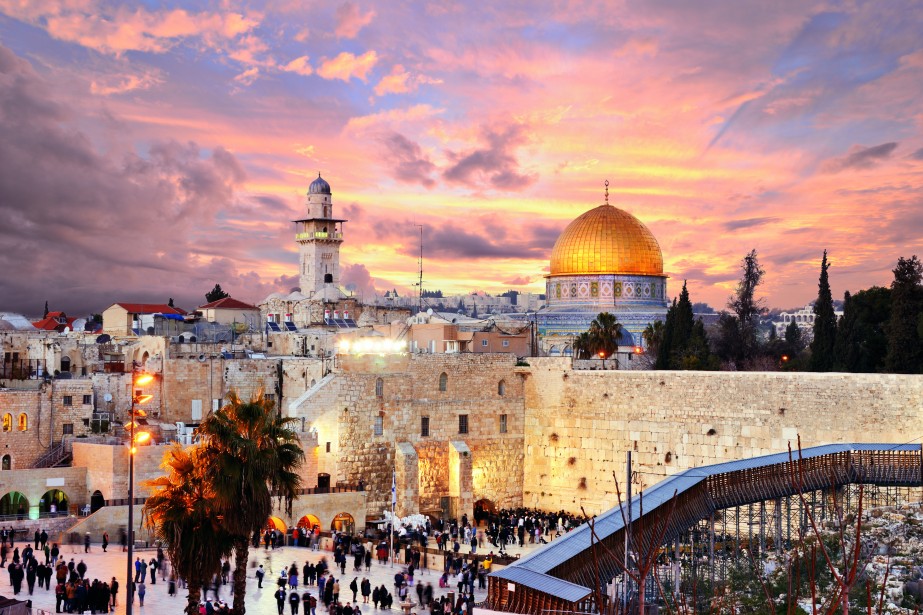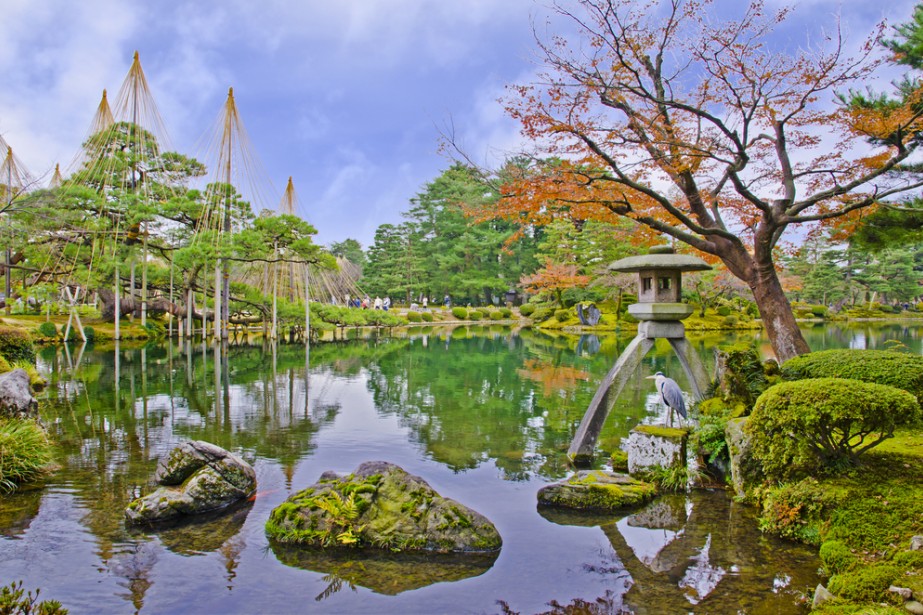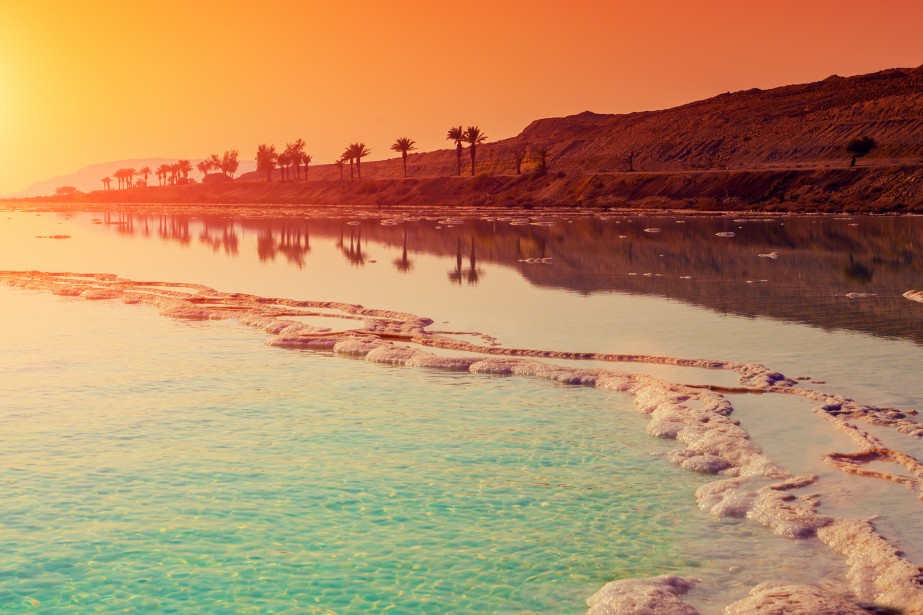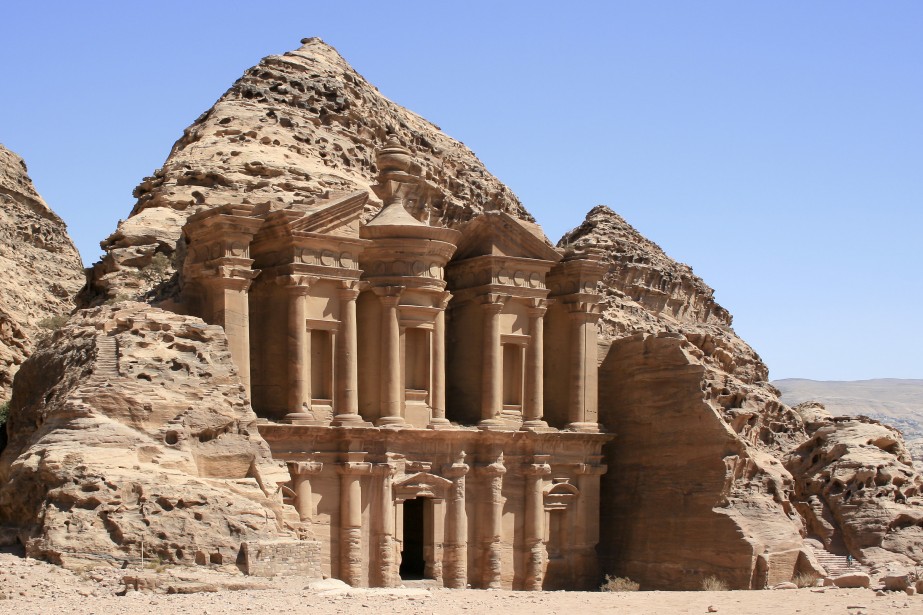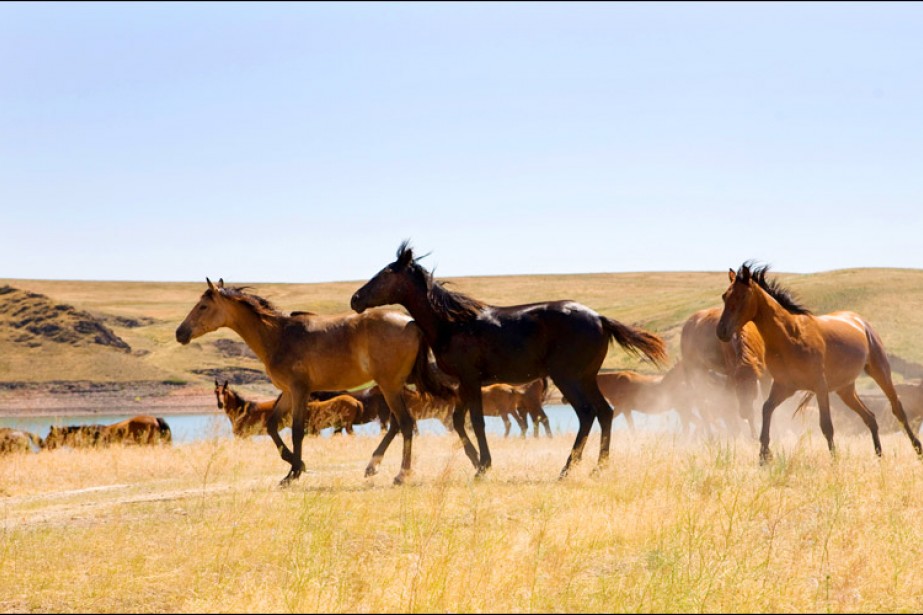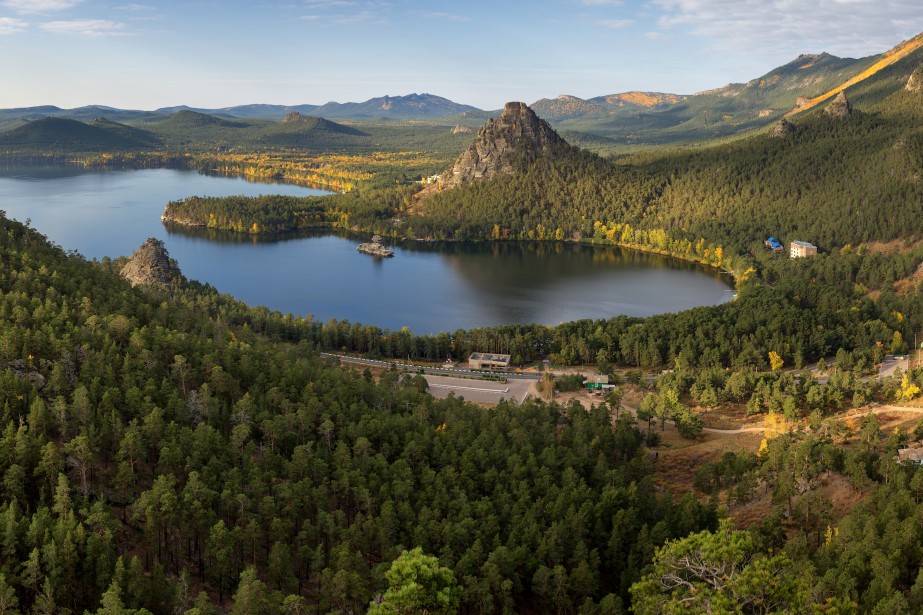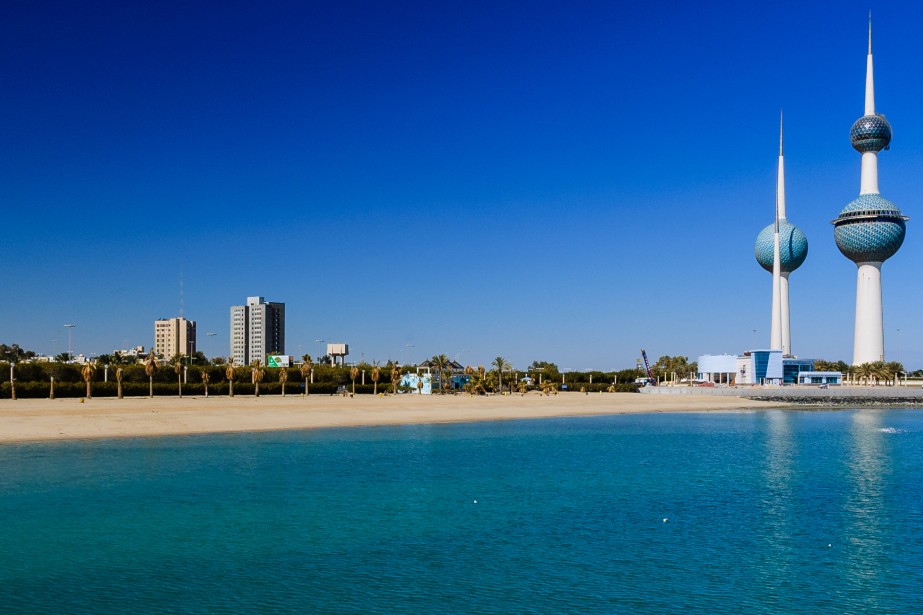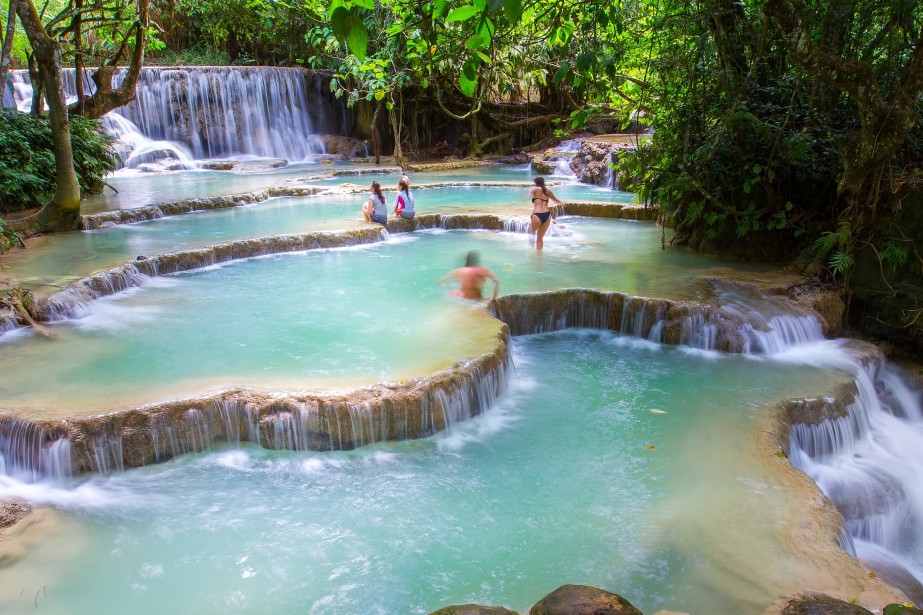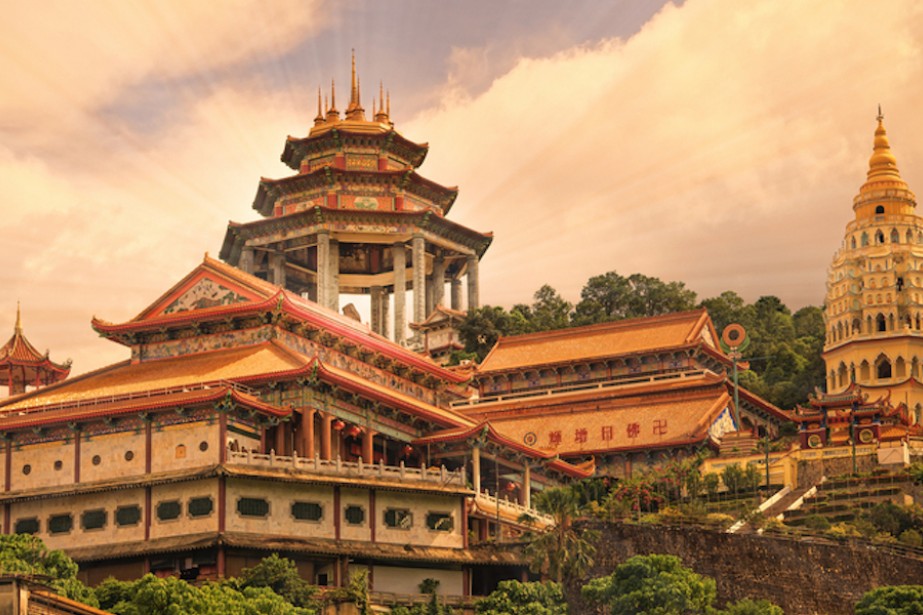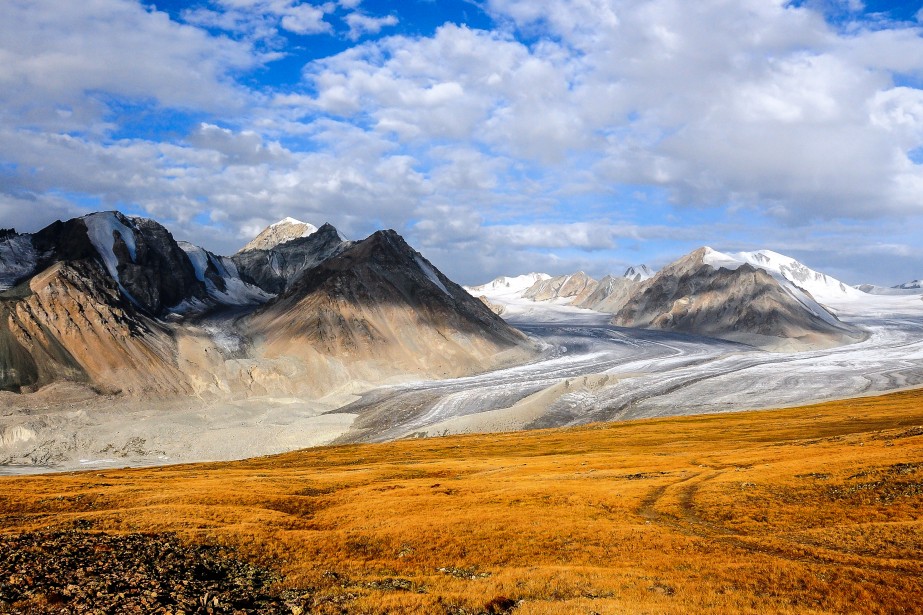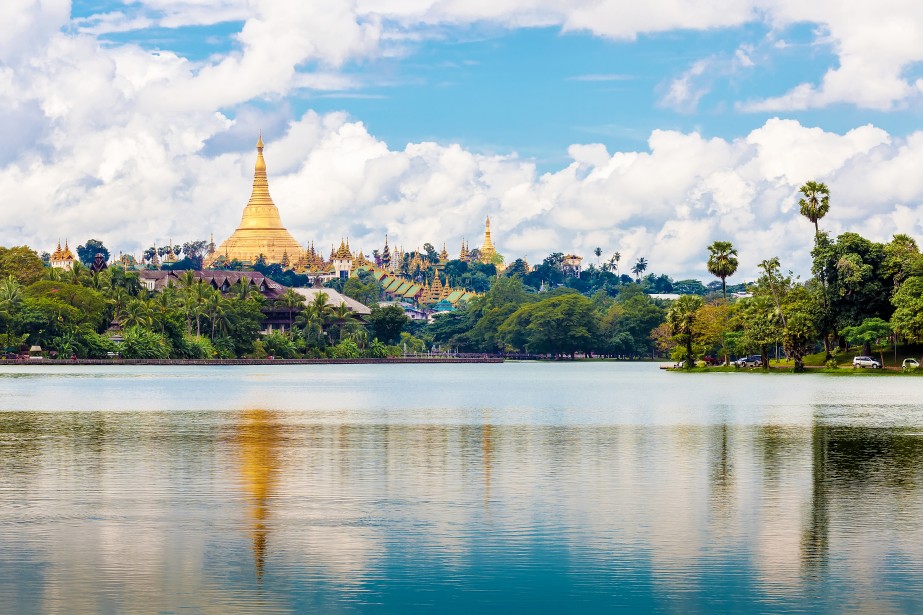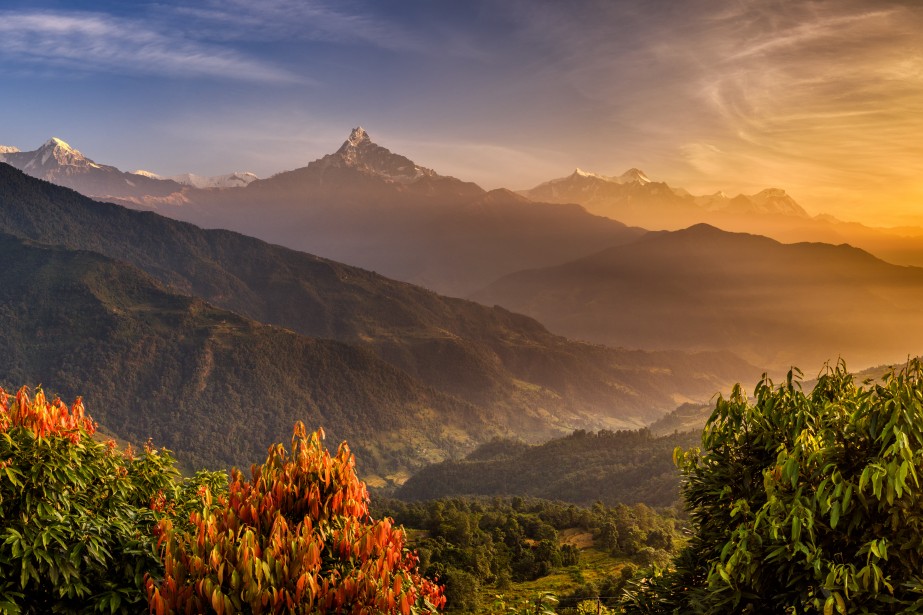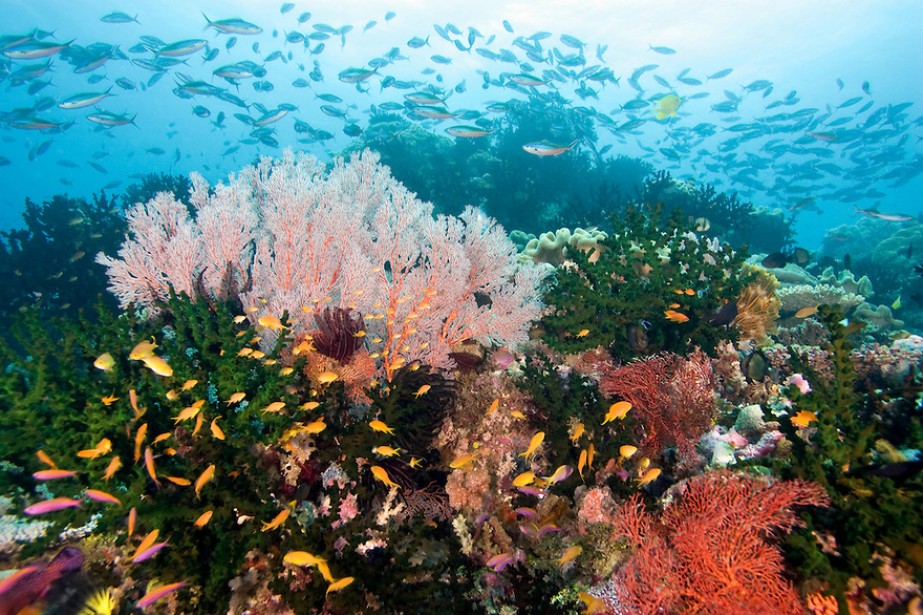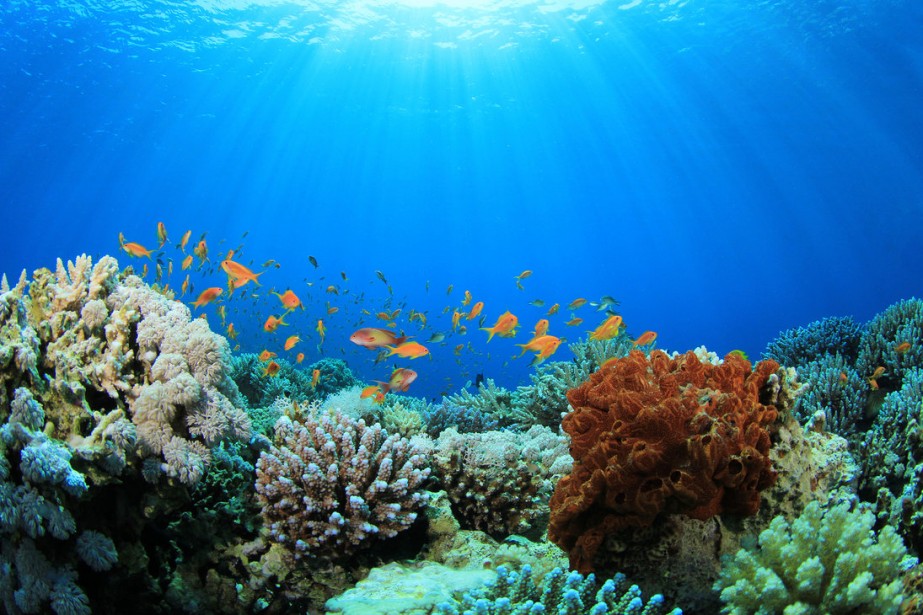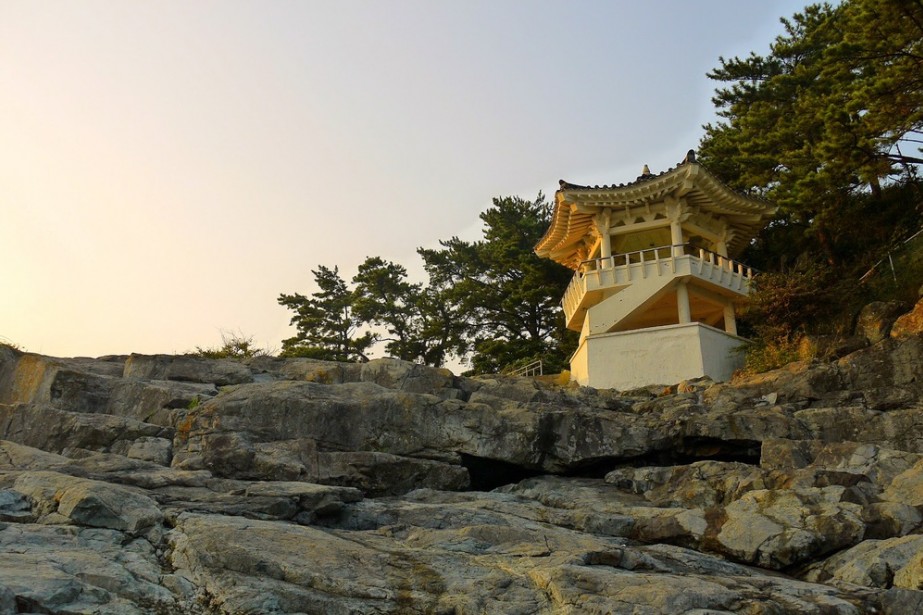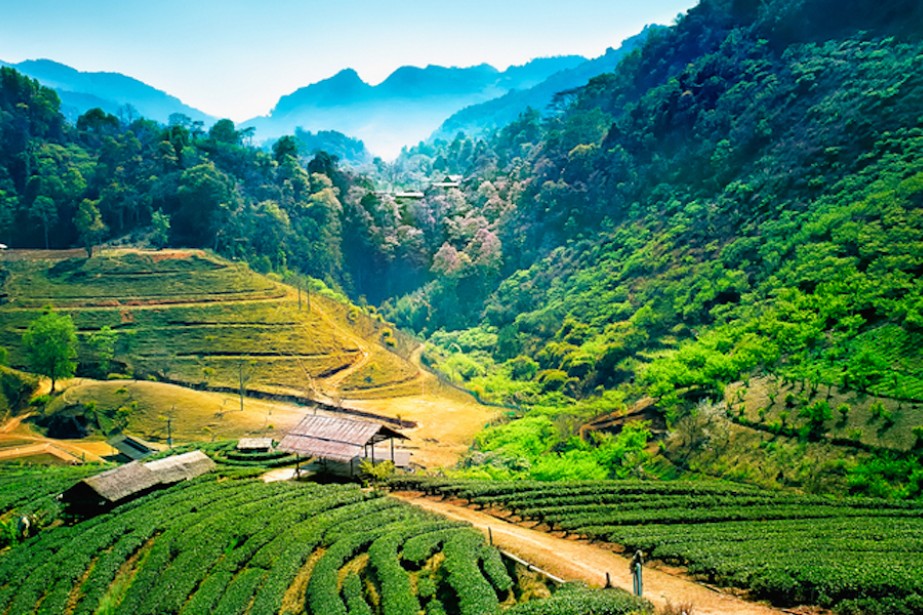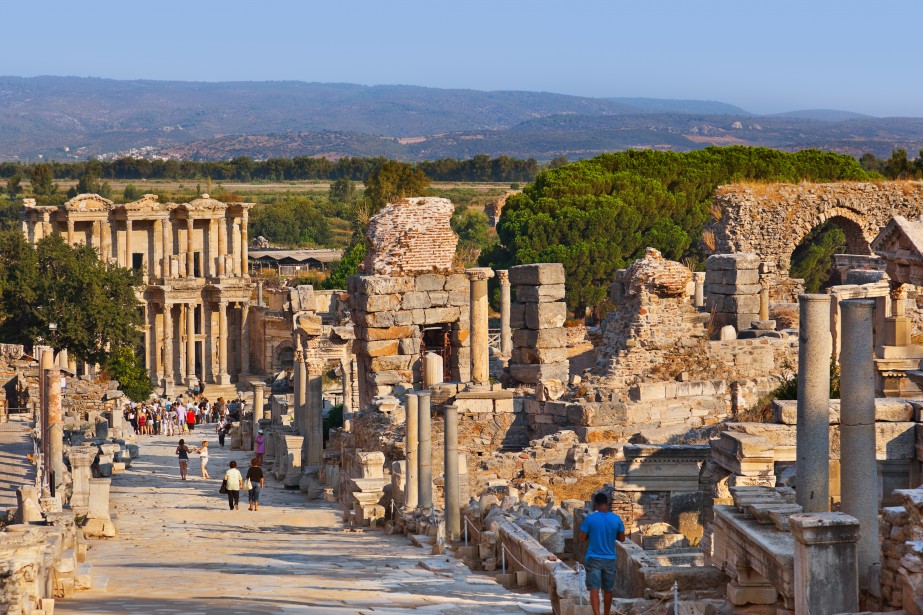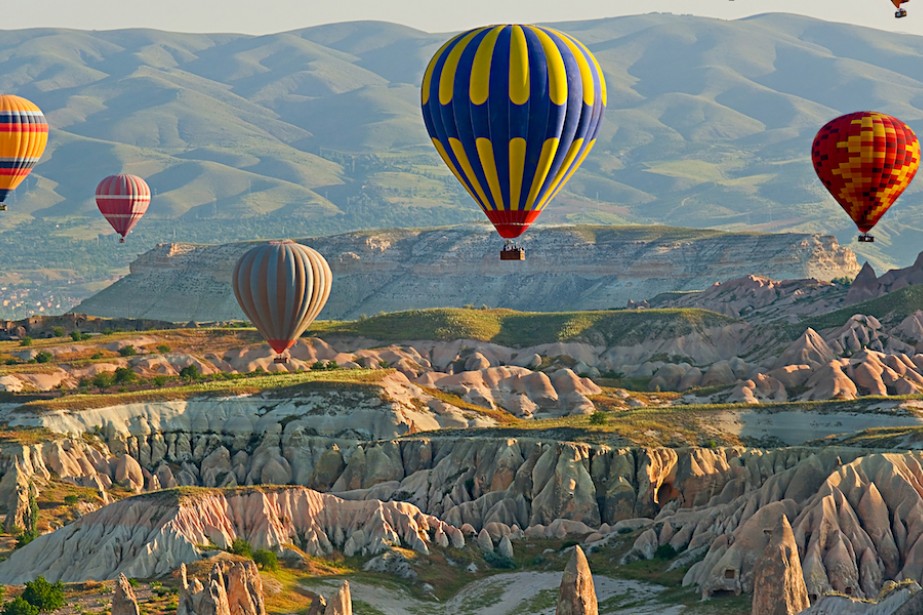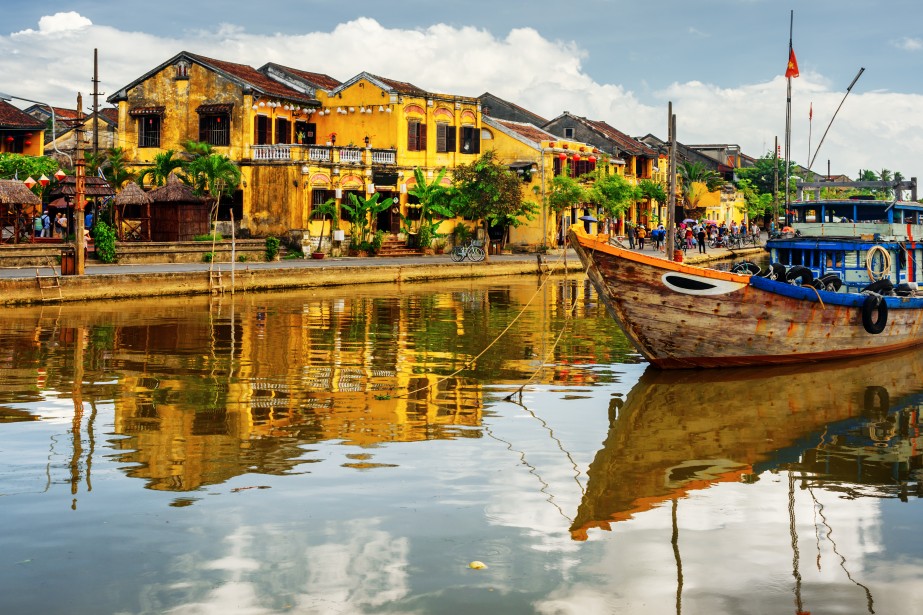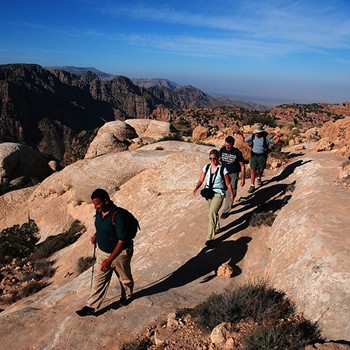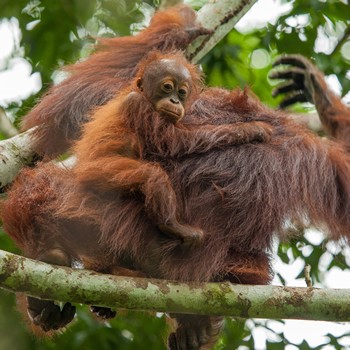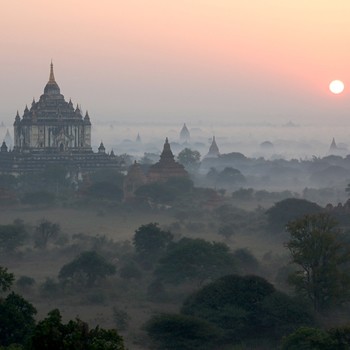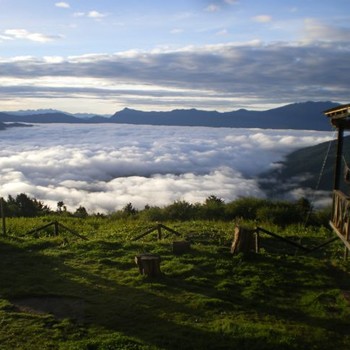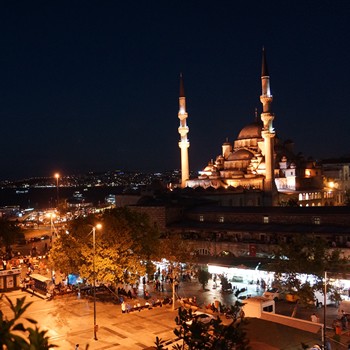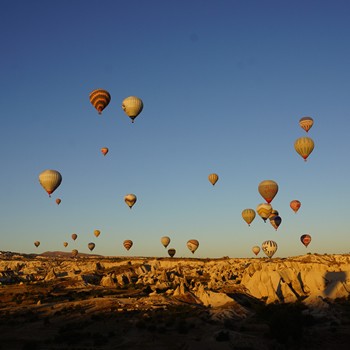Submitted by Pip Strickland on December 12, 2015
Overview
While Indonesia’s tourism industry undoubtedly centers around the small and captivating island of Bali, this sprawling archipelago has so much cultural and natural diversity to offer.
It is one of the world’s best diving destinations, with a rich diversity of marine life within its warm waters, while on land its protected forests and reserves house rare and endangered species, overlooked by towering volcanoes. Its beaches provide a playground for people across the world, with legendary surf breaks juxtaposed against chic resorts, and stunning landscapes of rice paddies terrace down to the coast.
While it’s easy to just fly in and out with a week of sun, surf and sand in between, it is the long inter-island ferry journeys to Indonesia’s remotest corners that will bring with it the most rewarding travel experiences.
When to travel/weather
With a location near the equator, Indonesia’s tropical climate is warm year round with a “wet” and “dry” season, although due to the size of the archipelago, this can differ slightly throughout the islands.
The “dry” season generally runs from May through to October when warm, sunny days prevail. This coincides with the peak tourist season from mid-June to mid-September when both Europeans and North Americans are on their annual summer holidays and Australians are escaping the winter cold back home. If you are visiting during this period, be sure to have your accommodation booked well ahead of time, particularly at the major beach resorts.
The “wet” season stretches between November and April, with January/February considered the wettest months and temperatures generally cooler throughout the highlands. In many parts of Indonesia the “wet” season just means short afternoon downpours, interspersed with bright sunshine, and with fewer crowds at its major tourist sights and temples, this can be an excellent time to visit. Just keep in mind that the Christmas/New Year period is exceptionally busy in the major resort areas, and room prices soar.
Food and drink
With around 6,000 populated islands, Indonesia’s cuisine features enticing regional variations and specialties. Rice (nasi) and noodles (mie) provide the basis of most meals throughout the country, while chili features heavily in many local dishes.
While most of the islands are Muslim, with chicken, sheep and beef featured in rich curry sauces like rendang, the Hindu island of Bali also features a lot of pork, including the famous babi guling, or suckling pig, on its menus. Fish is another important source of protein given the archipelago’s extensive coastline.
Nasi goreng and mie goreng (fried rice and fried noodles) are favorite tourist staples, served at local restaurants and street-side vendors everywhere, while satay sauce is a popular accompaniment in the vegetable dish gado-gado and on grilled skewers of meat. Vegetarians won’t find any shortage of options even at local restaurants, and the Indonesian tempeh is a delicious meat alternative.
While the cuisine of Java is typically Indonesian, head east and the influences from Polynesia and Melanesia can be seen, while the western island of Sumatra has added elements of Indian cuisine. The best way to get a taste of the local cuisine is to eat at one of the street-side warungs, where pre-cooked dishes are on display and you can choose exactly which ones you want to try.
The local coffee produced in Indonesia is strong and rich, although the most highly revered is luwak coffee - pre-digested by the Asian palm civet. Fresh fruit juices made from tropical fruits are sold almost everywhere while the national beers Anker and Bintang can be easily purchased in most tourist regions.
Popular vacation spots
Raja Ampat
Scattered off the northwestern tip of Western New Guinea, the Raja Ampat Islands are paradise defined. Largely unexplored and undeveloped, the islands are ringed by pristine white sandy beaches, dotted with traditional bungalows, and the region has been dubbed the “Amazon of the underwater world” for its marine species richness.
Tanjung Puting National Park
With some of Indonesia’s most outstanding wildlife viewing experiences on offer, Tanjung Puting National Park on the island of Borneo in Kalimantan is a must for nature lovers. Its dense jungle forests provide a vital habitat for clouded leopards, gibbons and sun bears, while perhaps their most iconic residents, orangutans, are being seriously threatened by illegal logging. Guided treks and boat tours enable you to wildlife spot while visiting some of the research centers working within this important protected area.
Baliem Valley
Nestled within the highlands of Western New Guinea, the Baliem Valley and its ancient Dani people were only recently discovered by the outside world. Multi-day treks from Wamena take you through its captivating landscape of steep-sided hills dotted with thatch-roofed huts that descend to the gushing Baliem River. Here tribal villages farm its slopes as they have done for centuries.
Mount Bromo
Watching the first rays of light peek over the volcanic landscape of the Tengger massif in East Java is nothing short of spectacular, while the crater of Mount Bromo releases a constant stream of smoke. Sunrise trips generally include this most iconic of panoramas before an expedition across the so-called “Sea of San” to see Bromo up close.
Mentawai
The Mentawai Islands are located off the west coast of Sumatra and are world-renowned as being home to some of Indonesia’s best surf. There are plenty of surf camps that will get you to and from its most famous breaks, while a rich indigenous culture and lush jungle interior will keep non-surfers occupied.
Tana Toraja
Situated within the rice paddy-swathed highlands of Sulawesi, Tana Toraja is famed for the unique funeral rites of the local Toraja people and their elaborately adorned and peaked houses known as tongkonan. Tourists are welcome to be a part of their lavish funerals, often held many years after the person has died, and explore the surrounding rural landscapes where caves and trees have been used over the centuries to bury the dead.
Gili Islands
There is nowhere more laid back in Indonesia than the Gili Islands where you can relax in a beach side bungalow and occasionally slip into its crystal clear waters teeming with sea turtles. These three tiny island - Gili Trawangan, Gili Meno and Gili Air - off the northwest coast of Lombok are a well-trodden backpacker favorite where most snorkel and snooze by day and party into the early hours by night.
Komodo National Park
Named for the huge Komodo Dragon (the largest living reptile in the world today) that patrols its shores, the Komodo National Park has made a name for itself not only for these land-dwelling beasts, but also the exceptional marine life found in the surrounding waters. Multi-day “liveaboard" dive boats are the best way to explore its remote and most impressive underwater sites, and also include day treks to witness the national park’s terrestrial life.
Borobudur
The immense Buddhist temple site of Borobudur is located a short drive from Yogyakarta on Java and dates back to the 8th century. While it was abandoned in the 14th century, it has since become one of the Buddhist religion’s most important historical sites and an outstanding display of traditional ancient architecture. Many trips to Borobudur arrive before sunrise when the temple is at its quietest and the best photographic opportunities can be had.
Ubud
Ubud has long been considered the cultural heart of Bali, with traditional dance and music performances held nightly, while excellent galleries exhibit the island’s long-established art traditions. Its stunning surrounding rice paddies make for idyllic short walks and bicycle tours from town, while massage spas, yoga classes and cooking schools will keep you occupied in town. It is also known for having some of Bali’s best artisan and handicraft markets to stock up on souvenirs.
Practical information
Language
The official language in Indonesia is Indonesian (similar to Malay), and while some islands also have their own regional or indigenous languages (for example Balinese), most will also speak Bahasa Indonesia. English is widely spoken in all tourist areas and the country has a large expat population speaking a wide range of European languages.
Money
The currency in Indonesia is the Rupiah (Rp) and most major currencies can be changed on arrival at the country’s international airports or in exchange bureaus at tourist resorts. ATMs that accept Cirrus, Maestro, MasterCard and Visa are widespread in most cities and large towns, although the maximum withdrawal is generally quite small and there is an automatic surcharge per transaction for foreign cards.
Most major hotels, restaurants and tour companies will accept credit cards (albeit with a surcharge), while some will also accept Euros or US dollars as payment at their designated rate.
Tipping is expected at most tourist restaurants and with guides or drivers, although sometimes a service charge is automatically added to bills.
Health and Safety
Hepatitis A and Typhoid are both highly recommended vaccinations for travelers to Indonesia and if you are planning to travel outside of Bali, the Gili Islands and Java, you should consider taking anti-malaria medication. During the “wet” season there is also an increased risk of Dengue fever in some regions so take preventative measures to avoid being bitten by mosquitoes.
Water is generally un-treated, so tourists are advised to buy bottled water or bring purification tablets with them.
Despite some recent terrorist attacks and kidnappings, most regions of Indonesia remain relatively safe to travel. Petty crime and credit card fraud around some of the major tourist resort areas can be a problem and there have been recent reports of alcoholic drinks being contaminated with methanol.

